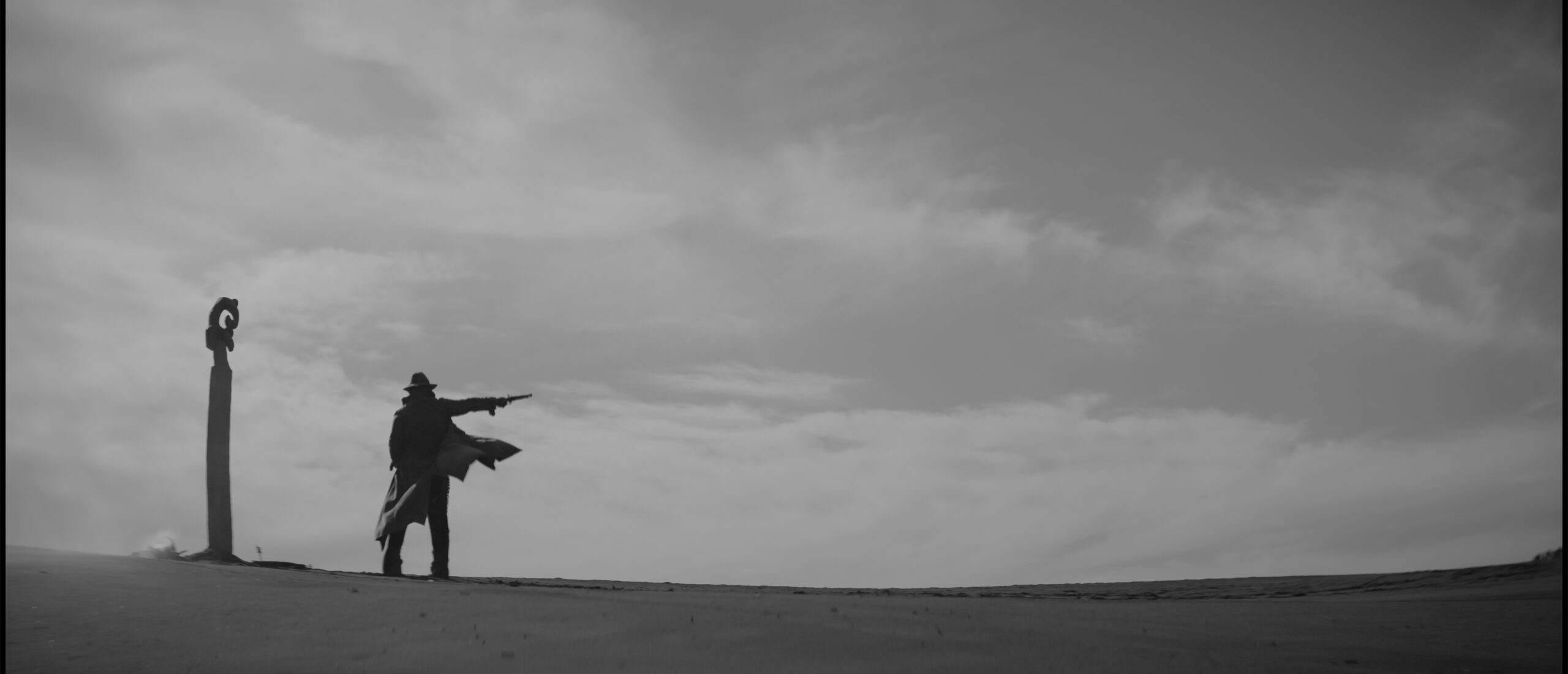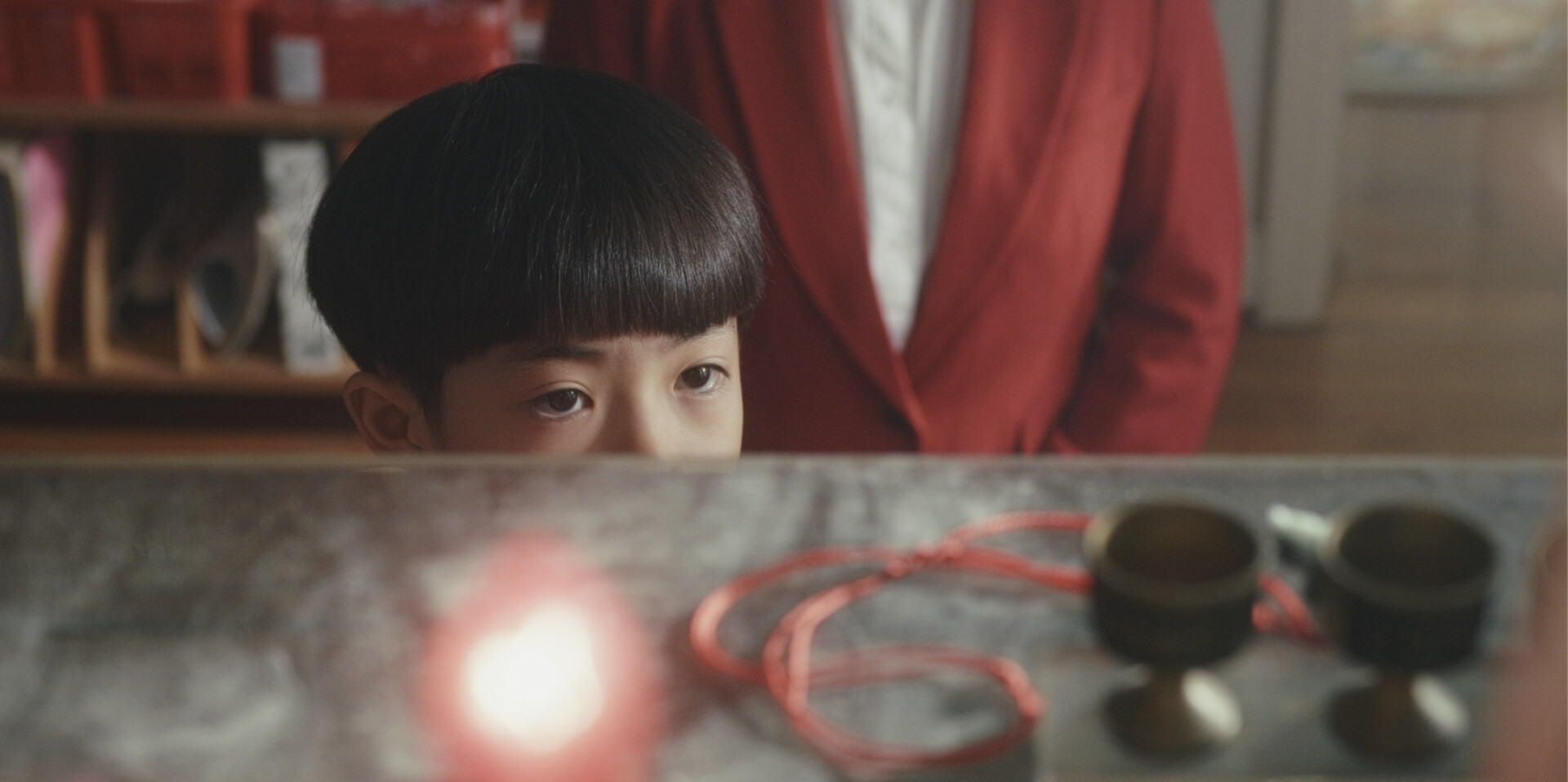Personal Meditations on Family, Inheritance, and the Work of Becoming Whole
August 14, 2025
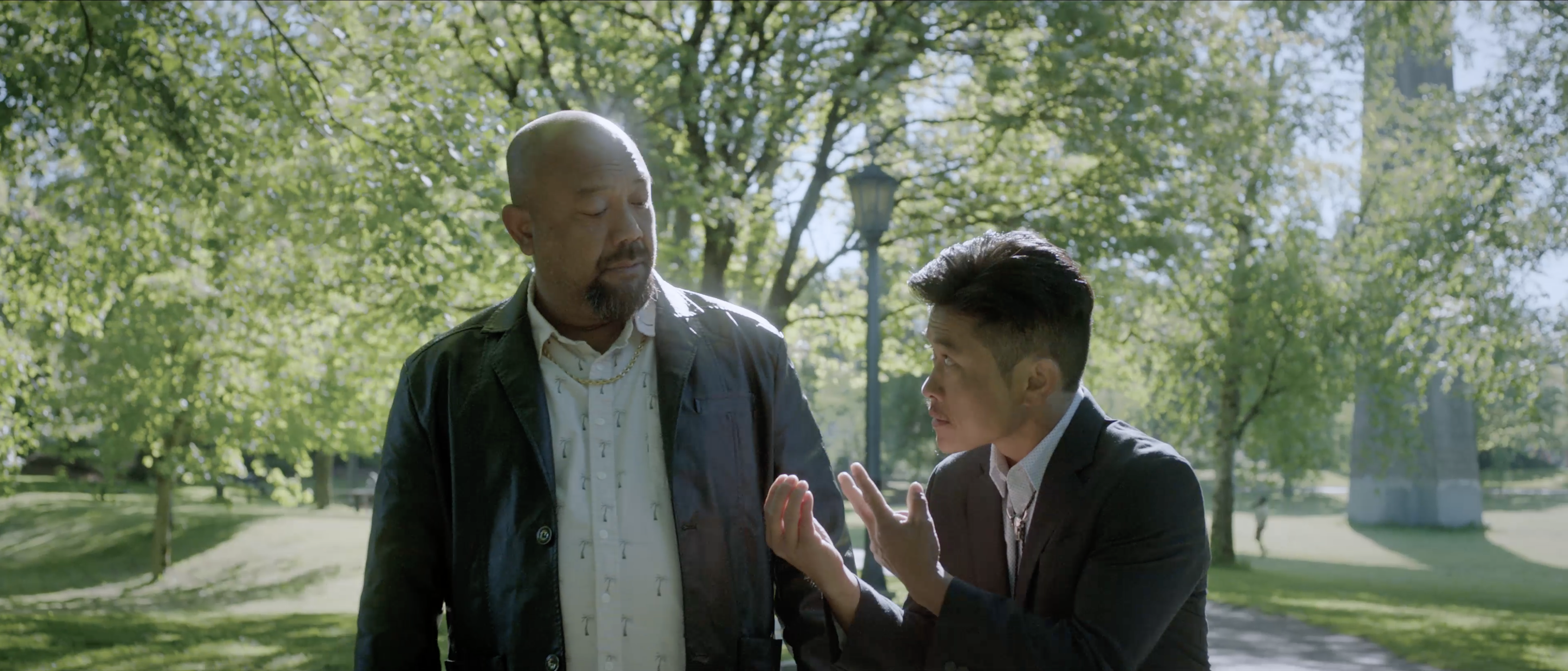
At the 2025 Los Angeles Asian Pacific Film Festival, four standout shorts. Charlie Can Talk, Daly City, A Hurt Like Mine, and Myself When I Am Real offer deeply personal meditations on identity, legacy, and healing. Whether told through gritty realism, stylized memory, or quiet resistance, each film reckons with what we inherit from our families, what we must unlearn, and what we choose to pass forward. These works explore the spaces between visibility and vulnerability, power and care, offering audiences more than representation. They offer reclamation.
“We Are Far From Perfect”
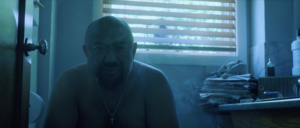
In Charlie Can Talk, writer and director Oliver Evangelista introduces audiences to Micky, a Lao refugee in Portland, Oregon, who works as a debt collector and believes he has developed the power to heal others through faith. The story is gritty, strange, and spiritually complex, but for Evangelista, it all begins with the question of belonging.
“Whenever we see organized crime in narrative storytelling, it is almost always Irish or Italian characters,” Evangelista says. “I want people to ask questions and wonder, ‘Why are these Lao men working as debt collectors?’ I’d like them to wonder, ‘What is a Lao refugee?’ And on top of that, I’d like audiences to see Asians in roles where we normally see white people.”
The film centers on two Lao refugee characters, Micky and Jack, who were raised in Hawaii and Oklahoma. Evangelista was adamant about showing them not as caricatures or symbols, but as full people. “Asians are out there. We are far from perfect and I hope the film carries that home. We play many roles in this world, even in America, and even in a predominantly white city like Portland, Oregon.”
At the heart of the film is the idea of healing as resistance. “Micky is trying to change his fate. He is trying to heal,” Evangelista says. “That is a large part of Asian American existence because our parents, our ancestors, moved to America seeking a better life. They fled from war, from persecution, and from poverty. So Micky, in his own way, is seeking to fix the pain and the suffering.”
The film’s casting was also a challenge to industry expectations. “When I sent out the script for feedback, I got recommendations for actors. All of them were white. No one could see debt collectors in organized crime being played by an Asian person,” he recalls. “Then I met best friends, Lidet and Ova, who are actors and Lao refugees. I saw the opportunity to create a film with broad sensibilities and the ability to break down barriers while highlighting Lao refugees, their attempts to fit into this world, and heal.”
“A Story About the Cost of Assimilation”

In Daly City, filmmaker Nick Hartanto draws from his own childhood as an Indonesian American growing up in the Bay Area. His film follows a young boy observing his parents as they try to navigate cultural assimilation. “There is a sense of urgency for me to tell this story now,” Hartanto explains. “We are living in a moment of self-examination for the AANHPI community, and in recent years there has been much discourse about the idea of the model minority myth–a seemingly positive but damaging stereotype.”
Unlike many treatments of this theme, Hartanto approaches it through fiction rather than documentary. “I wanted the viewer to draw their own conclusions about the cost of assimilation, as told through the perspective of a young Indonesian American boy straddling both cultures,” he says. “This story is about inspiring a new generation of immigrants so that we can both understand our parents’ sacrifices and also transcend them.”
The project was also about reclaiming imaginative space. “When I was a child, I drew a lot of comic books. I was a latchkey kid and spent hours every day after school drawing,” Hartanto recalls. “But it was only when I was an adult that I realized the entire universe of superheroes I created were all white. I couldn’t see myself as the hero of my own stories. I really wanted to change that with this film.”
The impact of that change became real when Hartanto wrapped production. “Jett Automo, our ten-year-old Indonesian lead actor, came up to me and asked me to take my baseball cap off and then my glasses. He just stared at me, observing my face. I’d like to think that he saw a bit of himself in me just like I saw a lot of myself in him.”
Through food, gesture, and quiet observation, Daly City shows that belonging is not just about being seen. It is about seeing ourselves reflected in the people who guide us.
“Healing Is Not a Solitary Act”
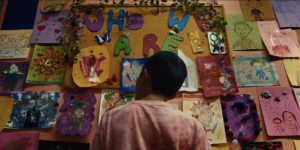
In A Hurt Like Mine, filmmaker Kahea Kiwaha centers a Hawaiian and Tejano family navigating the aftermath of domestic violence. Inspired by his own childhood, Kiwaha wanted to tell a story about survivors that invited compassion, not pity. “We wanted to tell a story about the difficult and often stigmatized topic of domestic violence in a way that invited people in, rather than isolating them or reinforcing the silence that too often surrounds this issue,” he explains.
The film follows a mother and son, Reina and Keoki, as they try to move forward. “At its heart, A Hurt Like Mine is about the unspoken bonds between generations: what is passed down through silence, sacrifice, and love,” Kiwaha says. “Their relationship reflects the complexity of generational trauma; how pain can be inherited, but also how healing can be, too.”
Kiwaha believes imagination is key to breaking harmful cycles. “For me, imagination is a form of rebellion, especially for those of us who have survived systems never built for our safety. Telling this story through the eyes of a sensitive young boy becomes an act of resistance against the erasure of children’s emotional lives and the belief that pain cannot coexist with tenderness, beauty, and hope.”
He also hopes the film can open up difficult conversations in underrepresented communities. “I aim to disrupt the narrative that these stories are too difficult or uncomfortable to tell,” Kiwaha says. “This film is both a love letter to our ancestors and a call to protect our future.”
“It Had to Look, Sound, and Feel Real”
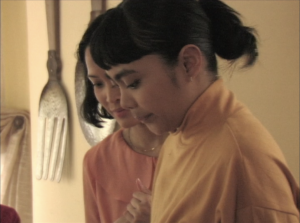
Angeline Gragasin’s Myself When I Am Real is set in the year 2000 at a Filipino Christmas party in suburban Wisconsin. But instead of nostalgia, Gragasin offers an experimental autofictional film that confronts the power dynamics within Filipino immigrant families. “I was most interested in portraying two things: the relationship between and conflicting perspectives of mother and child, and the cultural specificity of the time, place, and social milieu,” she says.
Filmed on MiniDV to evoke the aesthetic of Y2K-era home movies, the film blurs the line between documentary and fiction. “I wanted the film to look, sound, and feel real, which is how I arrived at the idea of filming it on MiniDV,” Gragasin explains. “Even though the film is scripted, I wanted it to have the aesthetics and spontaneity of a documentary.”
The realism is also emotional. “Though the relationship between these two particular characters is underrepresented in cinema, I think power struggles within families and societies are universally relatable,” she says. “As an autofictional film, it is inspired by memories and events from my own life. It does not generalize or speculate about that which I do not know from direct, personal experience.”
Gragasin’s process extended beyond the camera. She prioritized consent and care in building her crew. “Rather than hiring to fill quotas or check boxes, I prioritize connecting with collaborators who share my values,” she says. “We drafted a community agreement that outlines expectations for collaboration and communication. An important clause in this contract is the requirement to respect the diversity of intersectional identities in the room.”
For Gragasin, the filmmaking process was inseparable from the story being told. “My cast and crew have praised our project and process as one of the most respectful, collaborative, and inspiring they have ever experienced in their professional careers.”
A Tapestry of Tenderness
Though each film is distinct in tone and form, Charlie Can Talk, Daly City, A Hurt Like Mine, and Myself When I Am Real share a collective yearning to be seen not as symbols, but as people. These stories challenge what audiences have come to expect from Asian and Pacific Islander films. They ask what it means to belong, what healing demands of us, and what truths we must risk telling in order to begin again.
For Evangelista, it is about expanding who gets to play complex roles. For Hartanto, it is about showing that kids of color can be heroes. For Kiwaha, it is about envisioning healing as an act of communal care. For Gragasin, it is about building filmmaking processes rooted in justice and emotional truth.
Together, these shorts remind us that visibility alone is not enough. We must become legible to ourselves. And in that recognition, we begin the work of becoming whole.

 tweet
tweet share
share